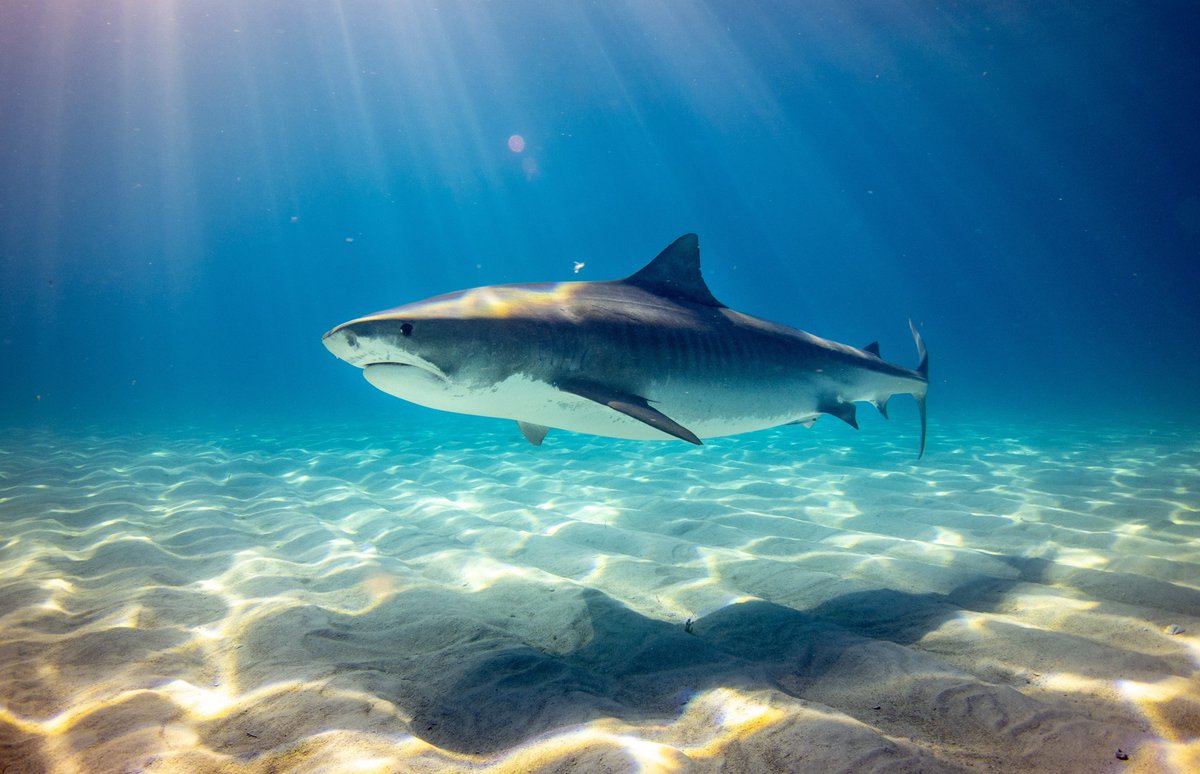
But this is only part of the #bilby story. How did #bilbies behave once they were released into the Taronga #sanctuary, and did this affect overall success? To find out, we attached GPS devices & radio-transmitters to bilbies to track their movements post-release. #ScienceWeek 

GPS devices collected incredibly detailed data on nightly #bilby movements, and radio-transmitters allowed us to locate #bilbies underground during the day. This track shows how bilby “Charlie” used the sanctuary just after release
Tracking data revealed hidden #bilby behaviours, such as their little-known social lives! It turns out that #bilbies have quite complex #socialnetworks and that bilby sociality may help explain some of the story behind their post-release success.
By getting to know the #bilbies better, we’re filling gaps in knowledge of #bilby behaviour and #ecology, & these missing pieces can be applied to improve #conservation efforts, & future #rewilding or #reintroduction projects. 

Monitoring the #bilby population also involves #cameratraps and other #tech4wildlife. Keep a look out for our forthcoming #Zooniverse #CitizenScience project on this, where you can get directly involved in this Taronga #science project 





Of course, the #bilby story doesn’t end in the #sanctuary in #Dubbo. The main aim of Taronga’s #ConservationBreeding program is to #reintroduce animals bred at Taronga Western Plains Zoo to the wild...
Here's an insight into catching and selecting Taronga #bilbies for release back to the wild.
• • •
Missing some Tweet in this thread? You can try to
force a refresh












